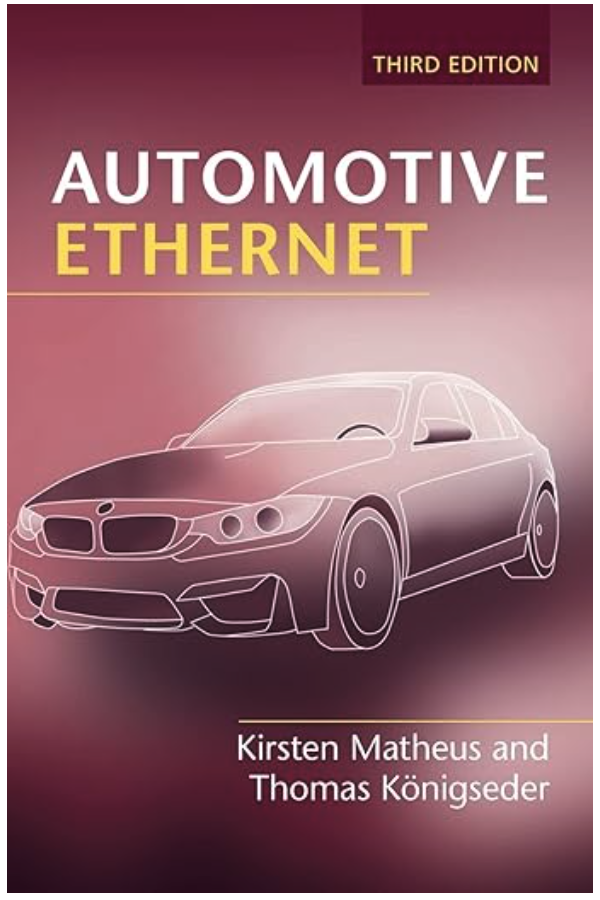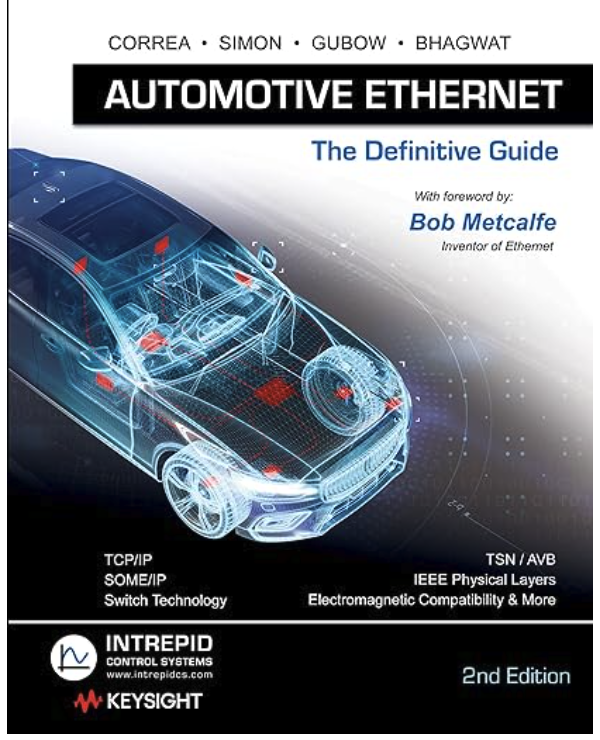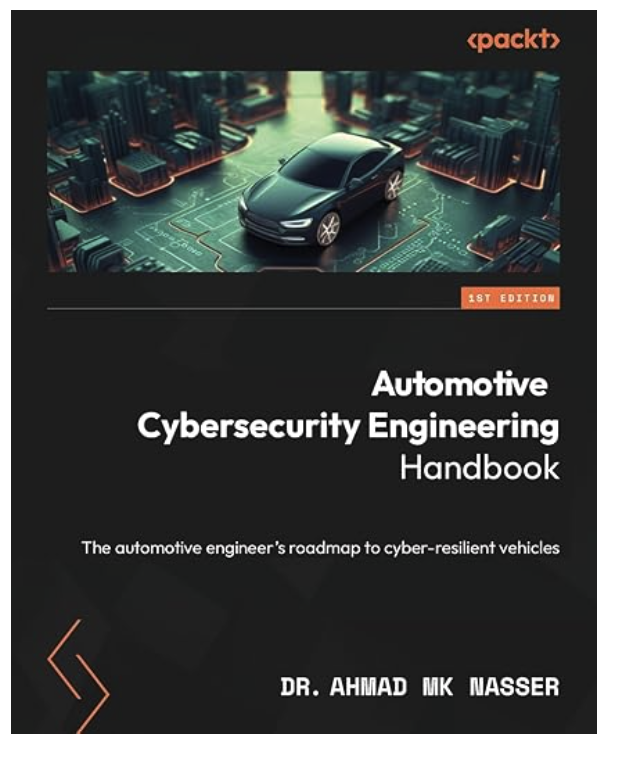Recent Posts
Automotive Ethernet Expected to Gradually Replace Traditional CAN Bus Network Backbone
Posted by on
 I recently looked into the not-so-new SAE J1939-22 Standard, which promises to solve the bandwidth issue with Classical CAN. I am a little late addressing the topic since we offer a few SAE J1939 products, such as our SAE J1939 ECU Simulator combined with our JCOM1939 Monitor Software for Windows. Nevertheless, we are working on a new hardware module that will be J1939-22 compliant and released in early 2025.
I recently looked into the not-so-new SAE J1939-22 Standard, which promises to solve the bandwidth issue with Classical CAN. I am a little late addressing the topic since we offer a few SAE J1939 products, such as our SAE J1939 ECU Simulator combined with our JCOM1939 Monitor Software for Windows. Nevertheless, we are working on a new hardware module that will be J1939-22 compliant and released in early 2025.
However, in my post SAE J1939-22: Features and Improvements of CAN-FD-Based J1939, I raise some doubts regarding the effectiveness of CAN-FD for new network designs. In particular, I question its advantage over Automotive Ethernet. CAN FD (and its improvement, CAN XL) was developed in response to requests by German automotive manufacturers without any sympathy for the (American) SAE J1939 Standard or Automotive Ethernet.
Regarding SAE J1939-22, I am not too fond of the lack of backward compatibility since CAN-FD is incompatible with existing CAN 2.0 networks, preventing the new protocol from operating on the same network as Classical CAN.
If one of the suggested solutions is to operate several networks, why not use Ethernet for data-demanding tasks on a separate network and keep backward compatibility intact?
The National Marine Electronics Association (NMEA) declined to extend its NMEA 2000 protocol (derived from J1939) by CAN-FD. Instead, it introduced its OneNet Marine Ethernet Networking Standard.
Given the advancements in modern technology supporting tasks such as telematics, autonomous driving capabilities, vehicle-to-everything (V2X) communication, remote vehicle control, and enhanced safety features, CAN-FD can only be a short-lived compromise.
What is Automotive Ethernet?
Automotive Ethernet is a specialized network adapted for vehicles, enabling high-speed data transfer between different car components. It is designed to meet automotive-specific requirements, like electromagnetic compatibility, and uses advanced PHY transceivers to reduce cable costs. This system allows for higher baud rates than traditional automotive networks and facilitates the integration of Internet Protocol (IP) technologies, enhancing functional safety and cybersecurity.
In the automotive industry, Automotive Ethernet meets crucial standards for electrical emissions, susceptibility, and network management, including bandwidth and latency. As connected cars demand increasingly faster data transfers, Automotive Ethernet is evolving rapidly to meet these needs.
It works with traditional buses like CAN, CAN-FD, LIN, and others, combining their strengths to meet changing performance requirements. Managing higher volumes and speeds of data is essential for modern and future vehicles to support communication, safety, convenience, and electrification features.
As vehicles become increasingly connected, they evolve into 'computers on wheels.' With its higher bandwidth and flexibility, Automotive Ethernet is expected to gradually replace the traditional CAN bus network backbone. This shift aligns more closely with the evolving demands of automotive technology, where faster data transfer and integration of Internet Protocol (IP) technologies are becoming essential.
Will Automotive Ethernet Replace CAN Bus Networks?
The short answer is no, not in the short run. As I mentioned previously, CAN FD (and its improvement, CAN XL) was developed in response to requests by German automotive manufacturers without any sympathy for American ideas. Controller Area Network (CAN) was originally developed in Germany (yet again, due to the demands of German automobile manufacturers), and there will always be strong support in Europe. That circumstance still affects the North American market.
An excellent example of retaining substandard technology is CANopen (also developed in Germany), an industrial serial protocol based on CAN. CANopen is an incredibly bloated and overly complex protocol with inferior bandwidth. Yet again, CAN-FD is considered the solution, but it pales in comparison to Industrial Ethernet.
The point is that the promising future of Automotive Ethernet is currently limited to the most innovative companies, such as Hyundai, Tesla, and Rivian, just to name a few.
 Automotive Ethernet
Automotive Ethernet
Learn about the latest developments in Automotive Ethernet technology and implementation with this fully revised third edition. Including 20% new material and greater technical depth, coverage is expanded to include detailed explanations of the new PHY technologies 10BASE-T1S (including multidrop) and 2.5, 5, and 10GBASE-T1, a discussion of EMC interference models, and a description of the latest TSN standards for automotive use.
It features details of security concepts, an overview of power-saving possibilities with Automotive Ethernet, and an explanation of functional safety in the context of Automotive Ethernet. It additionally provides an overview of test strategies and the lessons learned.
Industry pioneers share the technical and non-technical decisions that have led to the success of Automotive Ethernet, covering everything from electromagnetic requirements and physical layer technologies, QoS, and the use of VLANs, IP, and service discovery to network architecture and testing. The guide for engineers, technical managers, and researchers designing components for in-car electronics and those interested in introducing a new technology. More Information...
 AUTOMOTIVE ETHERNET - THE DEFINITIVE GUIDE
AUTOMOTIVE ETHERNET - THE DEFINITIVE GUIDE
Ethernet, the most widely used local area networking technology in the world, has moved from the server rooms of automobile manufacturers to their vehicles. As the quantity and variety of electronic car devices continue to grow, Ethernet has proven to be a valuable and powerful technology for vehicle applications. Automotive Ethernet – The Definitive Guide provides an overview of the numerous Automotive Ethernet physical layers and Ethernet-based protocols targeted for in-vehicle networking.
This extensive volume covers automotive electromagnetic, environmental, and electrical requirements; network fundamentals and the OSI Reference Model; IEEE Project 802 structure and working groups; IEEE 802.3 (Ethernet) Physical Layer and Media Access Control; physical layers including 100BASE-T1, 1000BASE-T1, MultiGBASE-T1, 10BASE-T1S, and others, MAC addressing, frame formats and hardware devices; a comparison of Ethernet to traditional automotive networks such as CAN/CAN FD, LIN, MOST and FlexRay; and the TCP/IP protocol suite, including IPv4/IPv6, ICMP, ARP, NAT, TCP, UDP, Diagnostics over IP (DoIP) and SOME/IP. In addition, the Audio Video Bridging (AVB) / Time Sensitive Networking (TSN) suite used to transport media over Ethernet is covered. More Information...
Automotive Cybersecurity Engineering
Automotive cybersecurity, a rapidly growing field with many exciting challenges, is crucial for enabling current and future connected vehicle features. This book, focusing on practical topics, aims to help address the industry's significant talent shortage in building secure automotive systems. It's a tool designed to give automotive engineers a competitive edge.
The book comprehensively examines current and future automotive vehicle architectures, relevant threats, and the necessary skills to address them. It then delves into cybersecurity engineering methods, focusing on complying with existing automotive standards while making the process advantageous.
The chapters are intended to assist you in understanding both the theory and practice of constructing secure systems, considering the cost, time, and resource constraints of automotive engineering. The final chapters take a hands-on, practical approach to threat modeling automotive systems and instruct you on implementing security controls across various vehicle architecture layers. More Information...
 Loading... Please wait...
Loading... Please wait...

